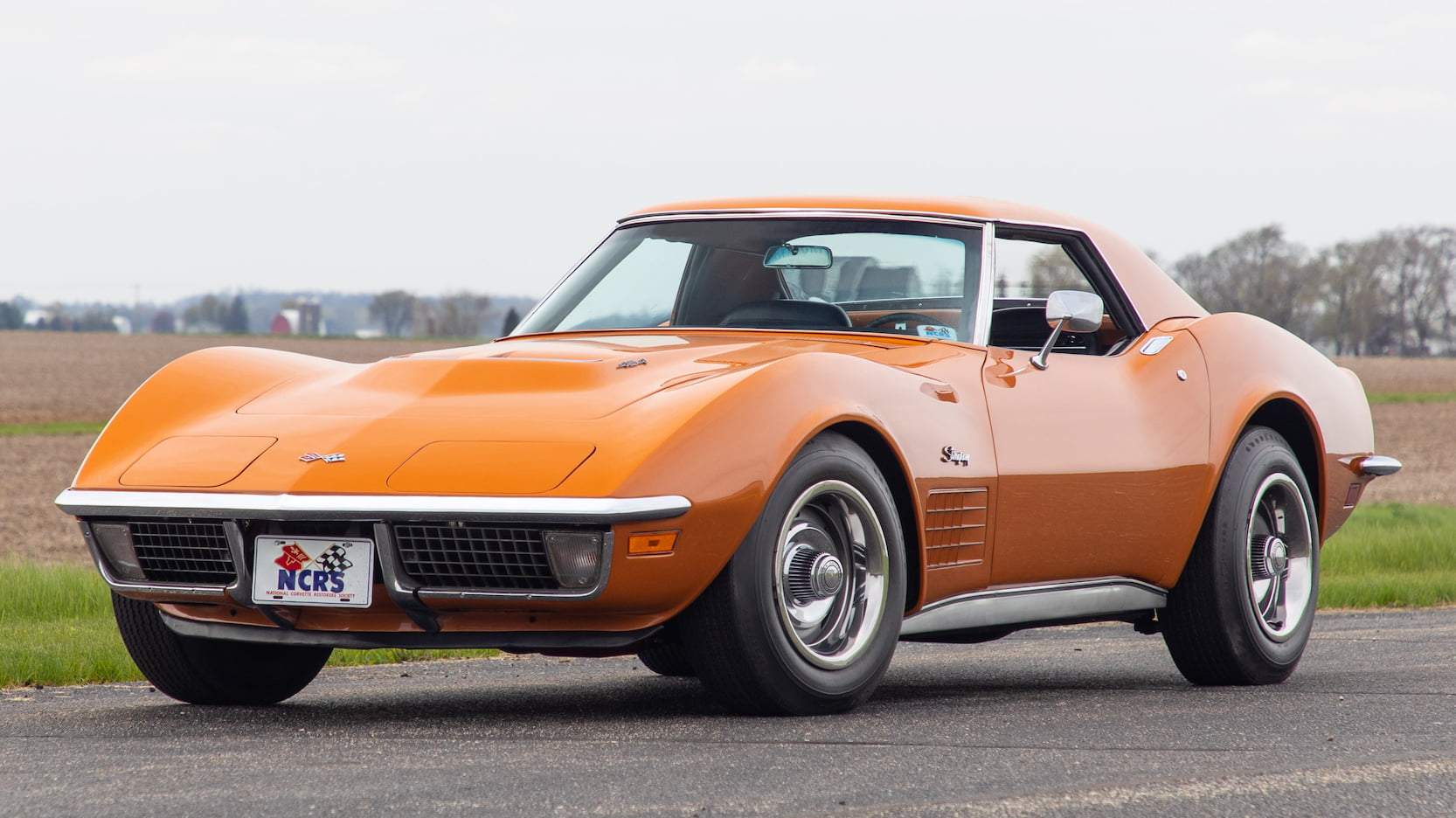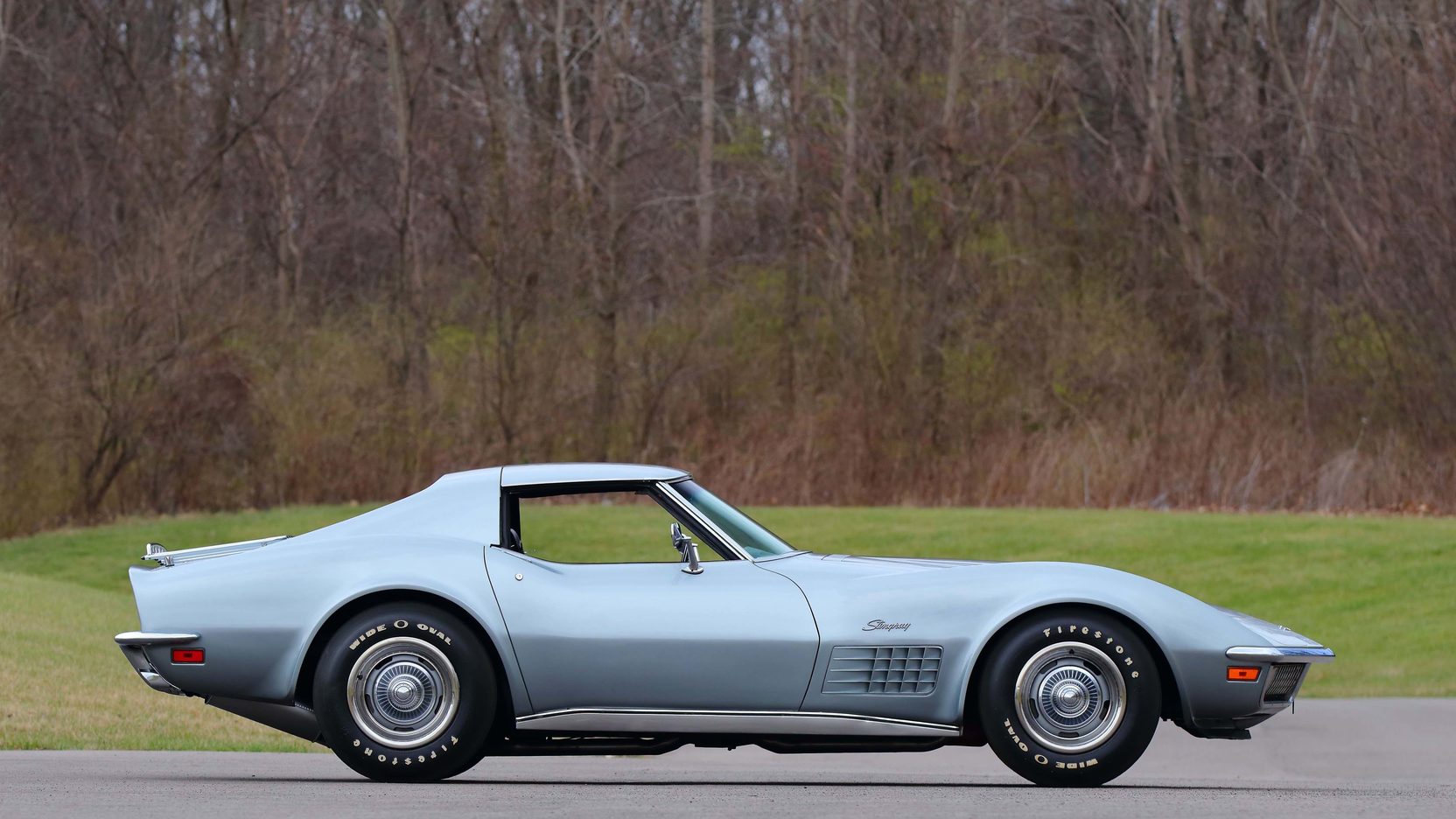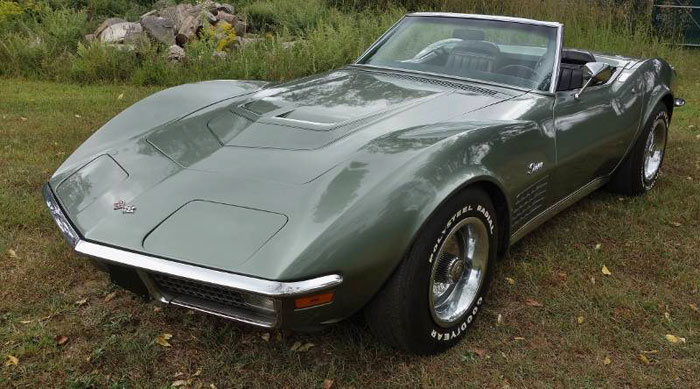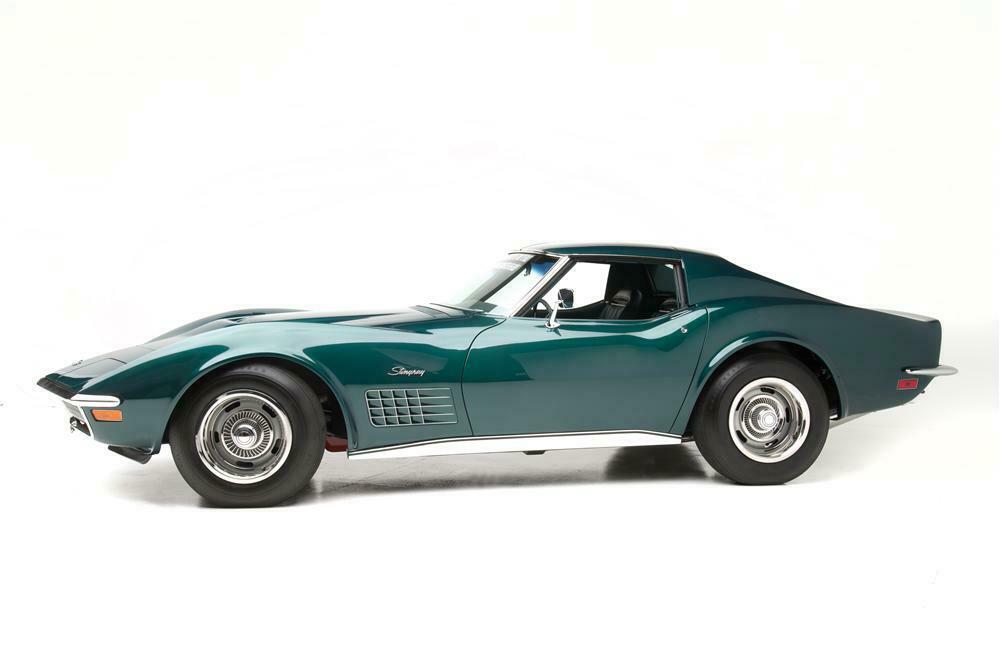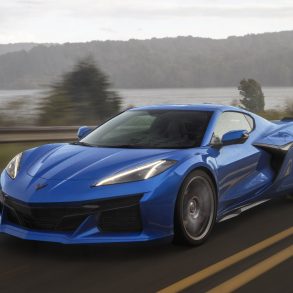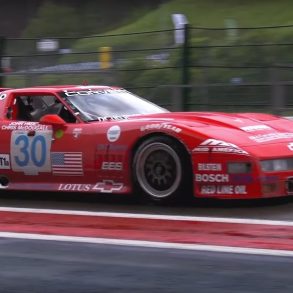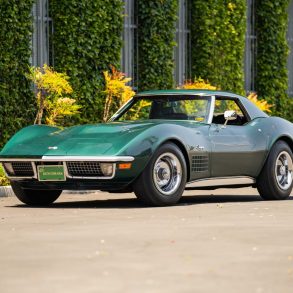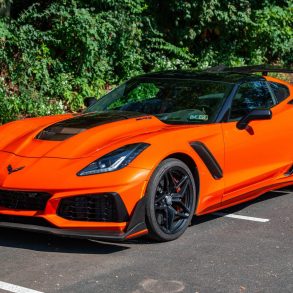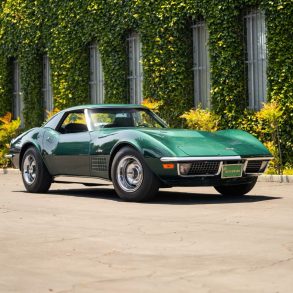In the minds of Corvette enthusiasts and thrill-seekers the world over, GM’s ZR1 designation represents a pinnacle of power and performance. Throughout the years, this denotation has been employed as the calling card for numerous high-output Corvettes, including the 2019 ZR1 and C4 “King of the Hill” ZR-1.
However, the origin of this designation dates back nearly 50 years, to a time when outright muscle and grit ruled the road. In the early 1970s, GM was in the business of supplying production race cars to those with deep pockets and ample fortitude. Few such thinly disguised racers were as memorable or as legendary as that of the ZR1, and subsequent ZR2 Corvettes.
The Stage Is Set
The Corvette’s illustrious history is filled with numerous instances where those in the know could easily order a track-ready racer by simply selecting the correct combination of RPO designations upon placing their order. This tradition took root in the mid-1950s with the introduction of the now infamous, Arkus-Duntov inspired, SR option package.
A decade later, GM introduced the profound 427 cubic-inch, L88. The L88, while officially specified as producing 430 horsepower, was indeed a wolf in sheep’s clothing. By all accounts, these figures were significantly downplayed in a bid to direct the general consumer’s attention toward the more street-appropriate L71 427, which was rated at 435 horsepower. In reality, the L88 produced a reported output well over 500 horsepower, making it a beast that had little business off the track.
As the 1960s drew to a close, the L88 427 was put out to pasture, as the new aluminum-block ZL-1 would take its place atop the list of GM’s most potent powerplants. However, the ZL-1 option carried a significant sticker price of $4,700, and only two such engines ever made their way under the hood of production Corvettes. By 1970, the ZL-1, like the L88 before it, became relegated to past history, as two new option packages were poised to make their way into production, the ZR1 and later, the ZR2.
A Legend Is Born
The early 1970s were an ominous time for automotive manufacturers, as an energy crisis loomed just over the horizon, and the future implementation of emissions mandates seemed imminent. Arkus-Duntov saw the writing on the wall, yet was undeterred. He had championed the idea of factory-backed racing since his earliest days with GM, despite the company’s consistent insistence against such practices. Duntov saw the next iteration of high-output Corvettes as what could, and would, be his final chance to provide a race-ready car to the masses.
Initially, plans were put into motion to release both the ZR1 and ZR2 in time for the 1970 production year. The ZR1 was to include the newly released 370 HP LT-1 small-block, while the ZR2 was poised to be powered by a 460 HP LS7 engine, which was also an all-new concept in 1970. However, a 4-month long labor strike at the St. Louis assembly plant led to an extended production run in 1969, which delayed the implementation of the aforementioned option packages.
When the smoke cleared, the LT-1 equipped ZR1 was greenlighted for production, while the production of the ZR2 was withheld until 1971. Perhaps most notable, is the fact that the ZR2’s proposed LS7 powerplant became a casualty of this subsequent production delay. The engine would never find its way into a production car and was instead offered solely as a crate engine for future sales.
A Plan Comes Together
Finally in 1971, both the ZR1 and ZR2 packages were offered side by side as initially intended. The solid lifter, 350 cubic-inch LT-1 found under the hood of the ZR1 featured a ‘178’ high-performance camshaft and a 780 CFM Holley four-barrel carburetor, which resided atop a specialized aluminum intake. The LT-1 featured a reduced compression ratio of 9.0:1 for the 1971 production year, in relation to the 11.0:1 ratio specified the year prior.
The ZR2 featured GM’s 454 cubic-inch LS6, which sported a Holley carburetor and purpose-specific aluminum intake, much like the LT-1. The LS6 also shared a common 9.0:1 compression ratio with its ZR counterpart. Official documentation specifies the LS6’s output at 425 HP, though true values of this nature are often disputed. Many feel that the LS6’s HP was significantly downplayed, as several reports point to an actual output well above 500 HP.
Aside from what resided under the hood, both the ZR1 and ZR2 were virtually identical in many regards. Both packages included the use of a Muncie M-22 “Rockcrusher” transmission, heavy-duty power brakes with dual-pin front brake calipers, a transistor ignition, a specialized aluminum radiator, and a heavy-duty suspension package.
Ironically, those that wished to order either ZR package were automatically forced to opt-out of numerous creature comforts that typically came standard, or were offered on an option by option basis. Some of these deleted options included air conditioning, power steering, AM/FM radio, and alarm systems. This was done to reduce the vehicles’ overall weight, as well as the load imparted during engine operation. The ZR1 and ZR2 were meant to race, and anything that did not offer value on the track was expendable.
A Legacy of Performance
During the 1971 production year, only eight ZR1, and twelve ZR2 Corvettes were ever sold. Upon the conclusion of the 1971 production year, the ZR2 program was canceled, while the ZR1 package returned for the 1972 production year, only to meet the same fate thereafter. As federal oversight pertaining to emissions output and fuel consumption came down with force, it was simply infeasible to continue production of any vehicle that was unable to be brought into compliance.
Today, the ZR1 and ZR2 are known collectively as GM’s final foray into the upper echelons of hard-line performance, before the implementation of endless red tape on behalf of regulatory practices. While the Corvette has since returned to, and surpassed, this long-standing benchmark, a lengthy period of performance decline presided over the iconic American sports car in the years following the ZR1 and ZR2’s reign.
Due to the relative scarcity of 1971 ZR1 and ZR2 Corvettes, the value of these low-number collector cars has grown exponentially over the past decade. Historically, ZR1 and ZR2 Corvettes have commanded sums over $400,000 at auction, with extensively limited convertible models bringing exorbitant premiums.


